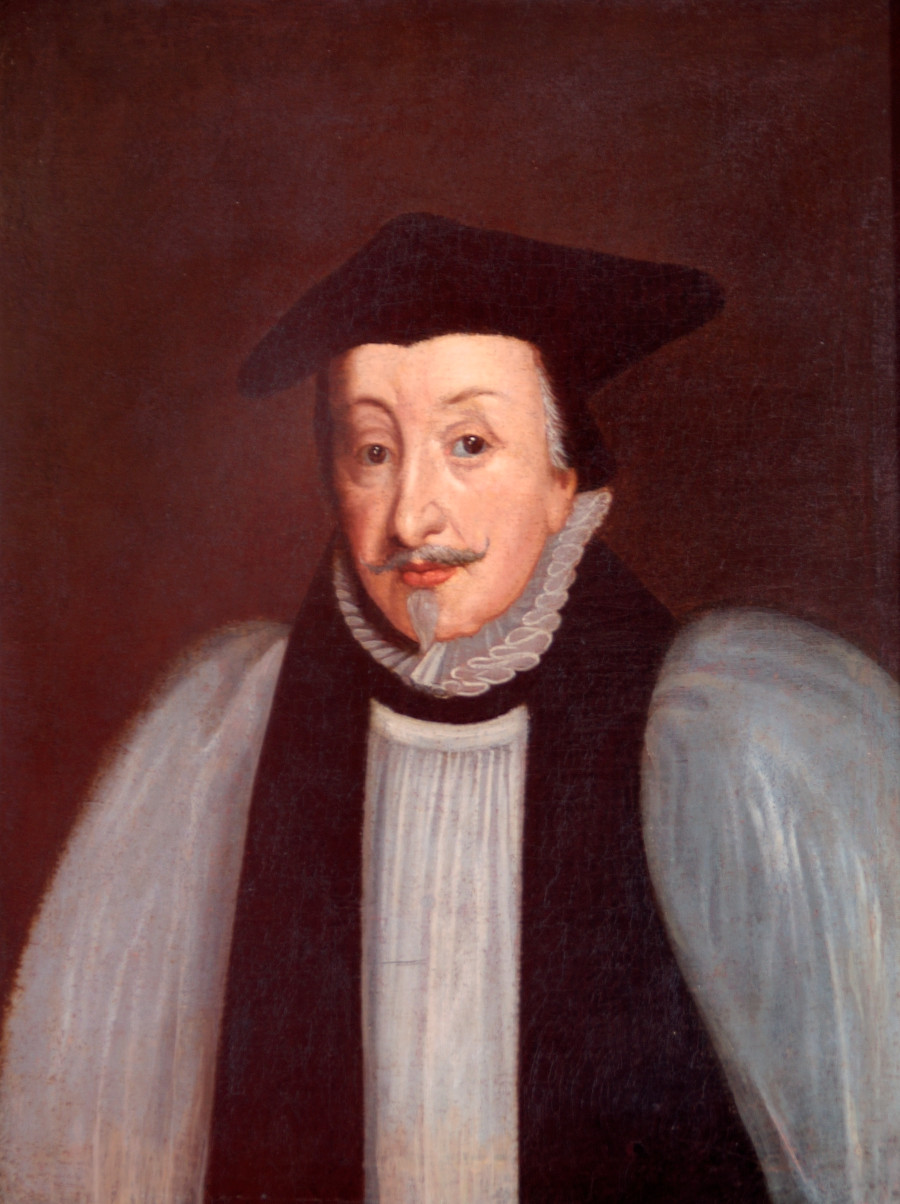Life size seen to the waist, in chimere and rochet, a frill round his neck and flat college cap on his head. The face is turned in three quarters to the left, light being admitted from the right hand side. It is almost the counterpart of the one in the possession of the Corporation of Reading. It is from the 18th century English School.
According to Historian Arthur T. Heelas, this picture given by the Hon. Miss Neville of Billingbeare in 1830/32 when she left the estate. The original portrait is at Lambeth Palace and a duplicate is at Wentworth House.
William Laud was born in Reading. His career flourished on the accession of King Charles I. He was made Bishop of Bath and Wells, then Bishop of London and became Archbishop of Canterbury in 1633. He was appointed to several important offices close to the King, but he was not a successful politician because of his inflexibility and his over-sensitivity to opposition. He was impeached for high treason and accused of assuming tyrannical powers in Church and State, and of causing disastrous wars against the Scots. After being found guilty he was imprisoned in the Tower of London and beheaded on Tower Hill on 10 January 1645.
Laud included a bequest of £50 a year in the his will, stating that, in the first year, it was to be divided between three poor maids, born of honest poor people of the Church of England in Wokingham, who had served one master or mistress for three years at least, towards their marriage portions. In the second and third years the money was to be used for apprenticing five boys with similar qualifications. He also provided that one boy and one girl from Wokingham should share in a similar charity bequeathed to Reading.
Wokingham Town Museum Unique Identifier: WTH0013

